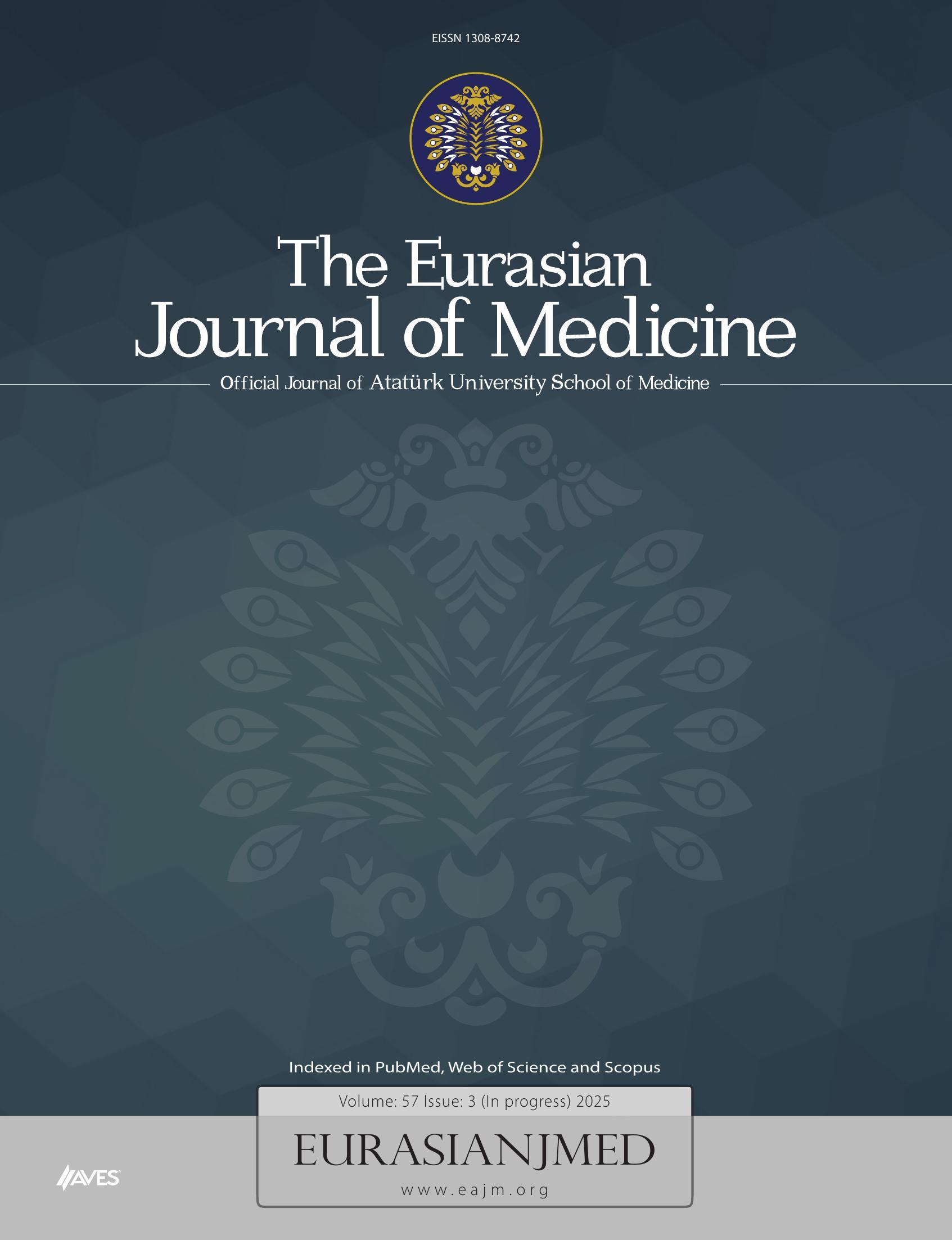Objective: Bipolar disorder (BPD) is a psychiatric condition that often manifests together with Axis-I comorbidity. Comorbidity of psychiatric disorders influences the recognition, prognosis, and treatment of the disorder, posing difficulties for the patient and physician. This study aims at identifying Axis-I comorbidities and their characteristics in patients with BPD.
Materials and Methods: This retrospective study included 255 patients diagnosed with BPD according to the DSM-IV. Comorbidities were determined using the SCID-I, a semistructured sociodemographic data form developed by the authors, and a mood chart assessing clinical aspects. The patients were divided into 2 groups, those with and without comorbidity, and compared.
Results: Out of these 255 patients, 35% was found to have a current and 84.3% a lifelong comorbid psychiatric disorder. About 33.1% of these patients had 1, 11.3% had 2, and 8.8% had more than 2 comorbid disorders. At least one comorbid anxiety disorder was found in 38.7% of the patients. Obsessive and compulsive disorder (OCD) being the most common comorbid psychiatric disorder, followed by social anxiety disorder (SAD), posttraumatic stress disorder (PTSD), and generalized anxiety disorder (GAD). Comparing the clinical parameters between the 2 groups due to the presence of psychiatric comorbidity in the BD patients, there were statistically significant differences in terms of the number of depressive episodes (P = .041) and mania/hypomania (P = .048), and the need for antipsychotic monotherapy (P = .007) and antidepressants (P = .001) for prophylaxis between the 2 groups.
Conclusion: Axis-I psychiatric disorders and particularly OCD and anxiety disorders accompanying BPD prevail at a high rate. The presence of comorbid psychiatric disorder in BPD may negatively affect the clinical prognosis of the condition; therefore, this area requires more study and careful investigation.
Cite this article as: Berkol TD, Aytac HM. Comparison of clinical features of bipolar disorder patients with and without psychiatric comorbidity. Eurasian J Med. 2021; 53(3):203–207

.png)


.png)
.png)